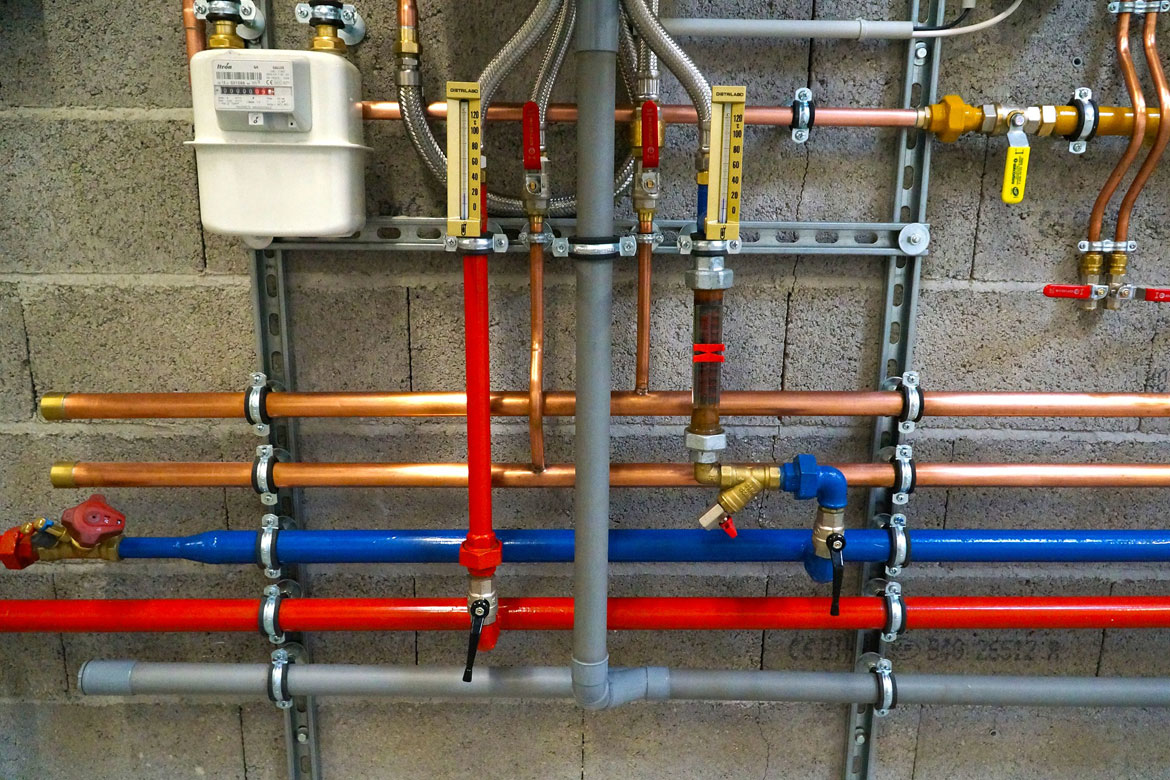Blitz News Digest
Stay updated with the latest trends and insights.
When Leaks Attack: How to Outsmart Your Plumbing Problems
Discover expert tips to outsmart plumbing leaks and save your home from disaster. Don't let leaks drain your wallet—learn how to protect your space!
10 Signs Your Plumbing is Leaking: What to Look Out For
Detecting a plumbing leak early can save you significant time and money on repairs. Here are 10 signs your plumbing is leaking:
- Unexplained Water Bills: If your water bill has spiked without any changes in usage, it can be a telltale sign of a leak.
- Pooling Water: Notice any pooling around your home, especially in areas like the basement or around fixtures?
- Reduced Water Pressure: A sudden drop in water pressure might indicate a leak in your plumbing system.
- Water Stains: Check for stains on your ceilings, walls, or floors, as these can signal hidden leaks.
- Mold Growth: The presence of mold can suggest prolonged moisture due to a leak.
As you monitor for leaks, keep an eye out for these additional indicators:
- Damaged Wallpaper: Bubbling or peeling wallpaper is often a sign of dampness caused by a leak.
- Frequent Clogging: If your drains are continually clogging, a hidden leak may be the culprit.
- Damp or Soft Spots: Soft areas on your flooring or walls can be a significant warning sign of plumbing issues.
- Sagging Ceilings: If you notice sagging, it could indicate a leak in the plumbing above.
- Sound of Running Water: Hearing water running when no fixtures are in use is a clear hint that something is amiss.

The Ultimate Guide to Preventing Plumbing Leaks
Plumbing leaks can lead to significant damage and costly repairs, making it essential to take proactive measures to prevent them. One of the most effective ways to ensure your plumbing system remains leak-free is by conducting regular inspections. Start by checking visible pipes for any signs of corrosion or rust and inspect joints and fittings for moisture. Additionally, consider insulating pipes in colder areas to prevent cracks caused by freezing temperatures. Remember, early detection can save you time and money in the long run.
Another essential strategy in preventing plumbing leaks is maintaining optimal water pressure. High water pressure can stress your plumbing system, leading to leaks and bursts. You can use a pressure gauge to check your home’s water pressure; it should ideally be between 40 to 60 psi. Furthermore, be mindful of how you handle your plumbing fixtures. Avoid disposing of grease or large food particles in sinks, as these can lead to clogs and increased pressure. Lastly, it's wise to consult a professional plumber for maintenance and advice tailored to your specific plumbing system.
What to Do When a Leak Occurs: A Step-by-Step Action Plan
When a leak occurs, it's crucial to act quickly and methodically. Start by assessing the situation to identify the source of the leak. If it's safe to do so, shut off the water supply to prevent further damage. Once the water is turned off, take a moment to relocate any valuable items in the area to minimize potential damage. If the leak is significant, protect yourself by wearing appropriate safety gear, including gloves and goggles.
Next, document the leak by taking photos of the affected area, as this will help with insurance claims later on. After documenting, begin the process of cleaning up. Use towels or a wet vacuum to remove excess water, and ensure proper ventilation to facilitate drying. If the leak has caused structural damage or mold growth, do not hesitate to contact a professional for assistance. Finally, once the immediate crisis is handled, create a plan to address any underlying issues and prevent future leaks.